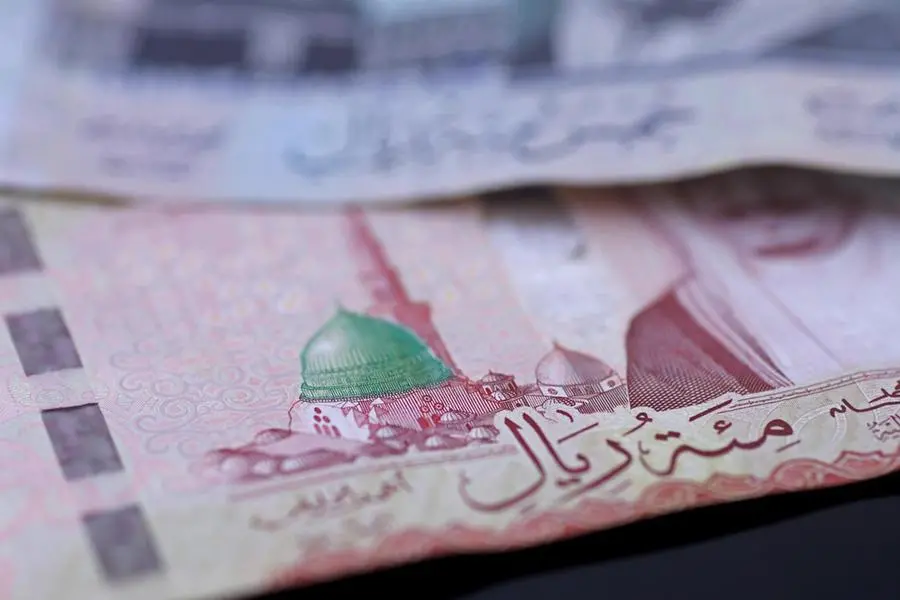PHOTO
Saudi banks are facing less short-term liquidity pressure thanks to the reported Saudi riyal (SAR) 50 billion liquidity support from the Saudi Central Bank (SAMA). However, the system will need private and public sector deposits to grow at a higher pace to sustain the actual expansion of its lending book. In the absence of commensurate deposit growth, lending growth may slow, or banks may resort to external liabilities amid less supportive market conditions than a few months ago.
The pressure on banks' liquidity stems from deposit growth remaining lower than lending expansion over the past few years. This caused the loan-to-deposit ratio to hit the 100% mark on March 31, 2022.
Nevertheless, the banking system has continued to be in a net external asset position, underpinning the strength of the system's funding profile. What's more, Saudi banks also seem to remain strongly capitalized.
Over the past couple of years, on average, around 60% of lending growth has been financed by the increase in customer deposits. In 2021, the remaining lending growth was financed by an increase in external debt and a drop in liquid assets. In the first quarter of 2022, the increase in capitalization (through earning retention and issuance of additional tier 1 instruments) and a drop in liquid assets helped the banks expand further.
The trajectory of growth was unsustainable, particularly as global liquidity conditions became more restrictive in light of aggressive monetary tightening in developed markets. Moreover, we understand that the Saudi government refrained from directly injecting the additional surplus - from the increase in oil prices - into the banking system. While they continued to grow, government deposits to total deposits have also remained fairly stable over the past few years.
Saudi banks still sit on a relatively large portfolio of government and private sector securities that can be eventually liquidated to accommodate lending growth. That being said, the increase in rates and the unrealized losses on some of these instruments, as well as the potential negative impact on Saudi banks' liquidity profiles, deterred banks from pursuing that approach. In comes SAMA. Without the central bank's SAR50 billion reported injection, and in the absence any additional inflow of liquidity, the system might have resorted to decelerating lending growth. Banks expanded by around 15% in 2020-2021 on the back of mortgages, consumption loans, and lending to small and midsize enterprises. It’s likely that this trend will continue in 2022-2023, with lending expanding by 10%-12%. This time, we anticipate that the expansion would be fuelled by corporate lending, as Vision 2030 projects take off, and mortgages too (although to a lesser extent), as the market progressively becomes saturated.
A large portion of this growth will almost certainly be financed by an increase in customer deposits, mainly from corporates and sovereign as the implementation of Vision 2030 projects accelerates. While the current liquidity strain may also act as a catalyst for the development of the local capital market through a higher volume of bank issuances or through divestment of some of their assets – particularly mortgages – to the Saudi Real Estate Refinance Co. or issuance of residential mortgage backed sukuk or covered sukuk.
Although we still have a positive view on the banking sector's funding and liquidity profile, we recognize the potential challenges from the expected increase in interest bearing instruments. In particular, we note that liquidity is shifting from non-interest-bearing instruments as increased rates will likely prevent Saudi banks from fully realizing the potential benefit of raising interest rates.






















